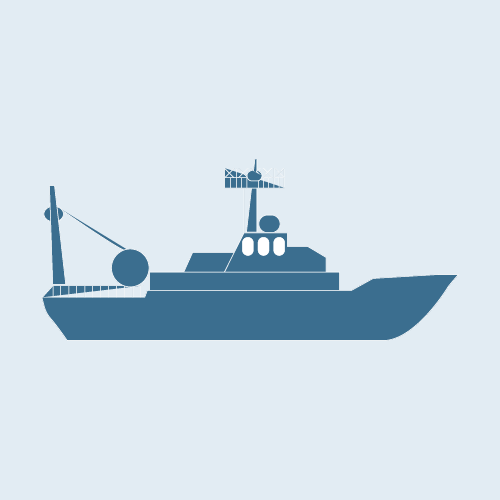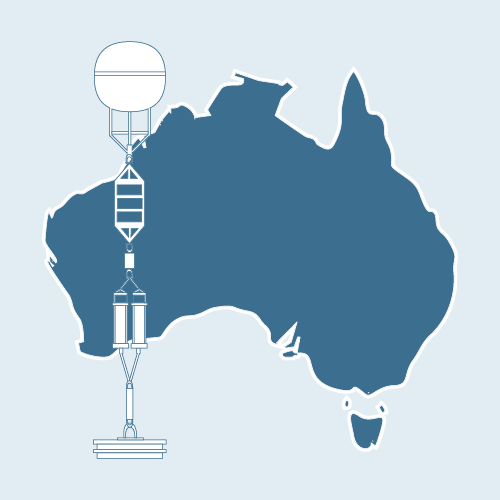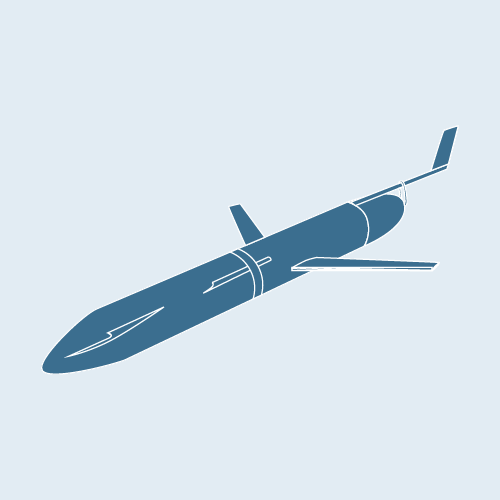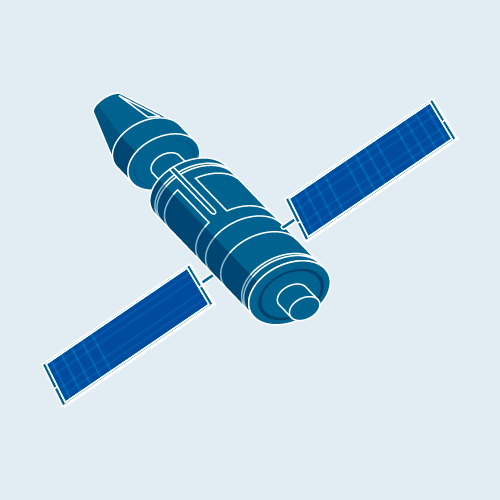Victoria
IMOS is working with the Victorian marine science community to deliver systematic, sustained and scientifically robust observations for broad societal benefit.
The region’s marine environment is positioned on the eastward extent of Australia’s unique southern coast. Isolated for some 65 million years, the high species richness and diversity is influenced by the resulting endemic element as well as the confluence of ocean currents. The repeated submergence and emergence of Bass Strait has strongly shaped the present-day composition and distribution of species, geomorphology and oceanography.
The region is oceanographically complex with subtropical influences from the north and subpolar influences from the south. The eastern parts of the region are strongly influenced by the East Australian Current (EAC) carrying warm equatorial waters and recent range expansion of species impacting biodiversity and fisheries values.

IMOS’ sustained ocean observing infrastructure in Victoria
Ships of Opportunity
National Mooring Network
Coastal Wave Buoys
Marine Microplastics
Marine Microbiome Initiative
Argo Floats
Ocean Gliders
Satellite Remote Sensing
Animal Tracking
Autonomous Underwater Vehicles
The Victorian marine science community has used IMOS observations to produce
199
Journal Articles
79
Reports
58
Projects
28
Data Products
17
Postgraduate Projects
Victorian institutional users of IMOS observations
17
Government Departments & Research Agencies
13
Research Collaboration & Non-government
17
Industry & Services
8
Universities
IMOS Victorian node
Deakin University and The University of Melbourne are associate participants to the unincorporated joint venture. Data collected by IMOS observing infrastructure has been used by all major Victorian universities including, The University of Melbourne, Monash University and Deakin University.
The Victorian Node was established in 2019, and is led by Professor Daniel Ierodiaconou from Deakin University.








